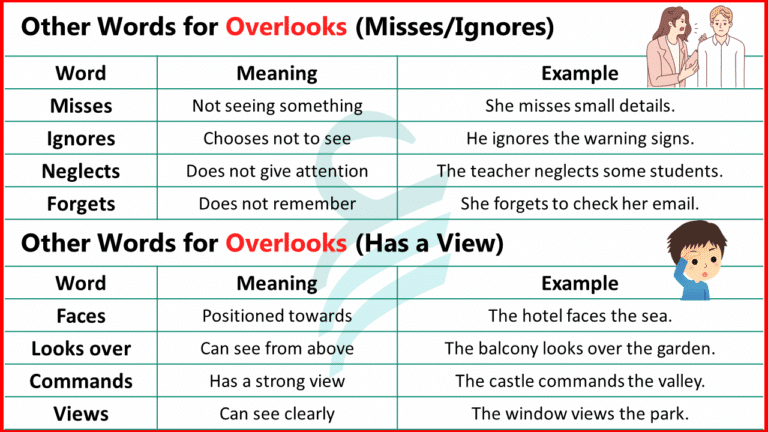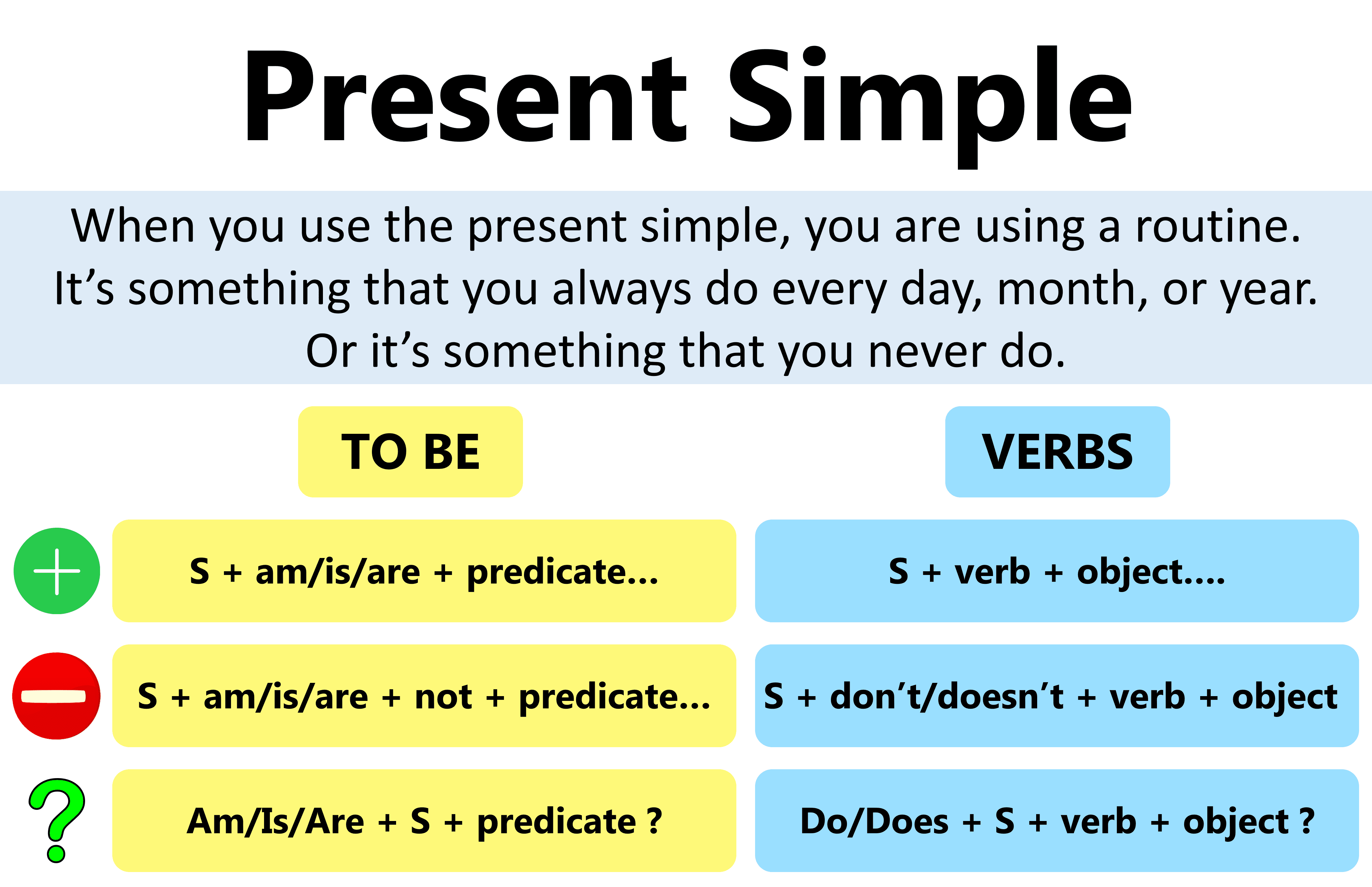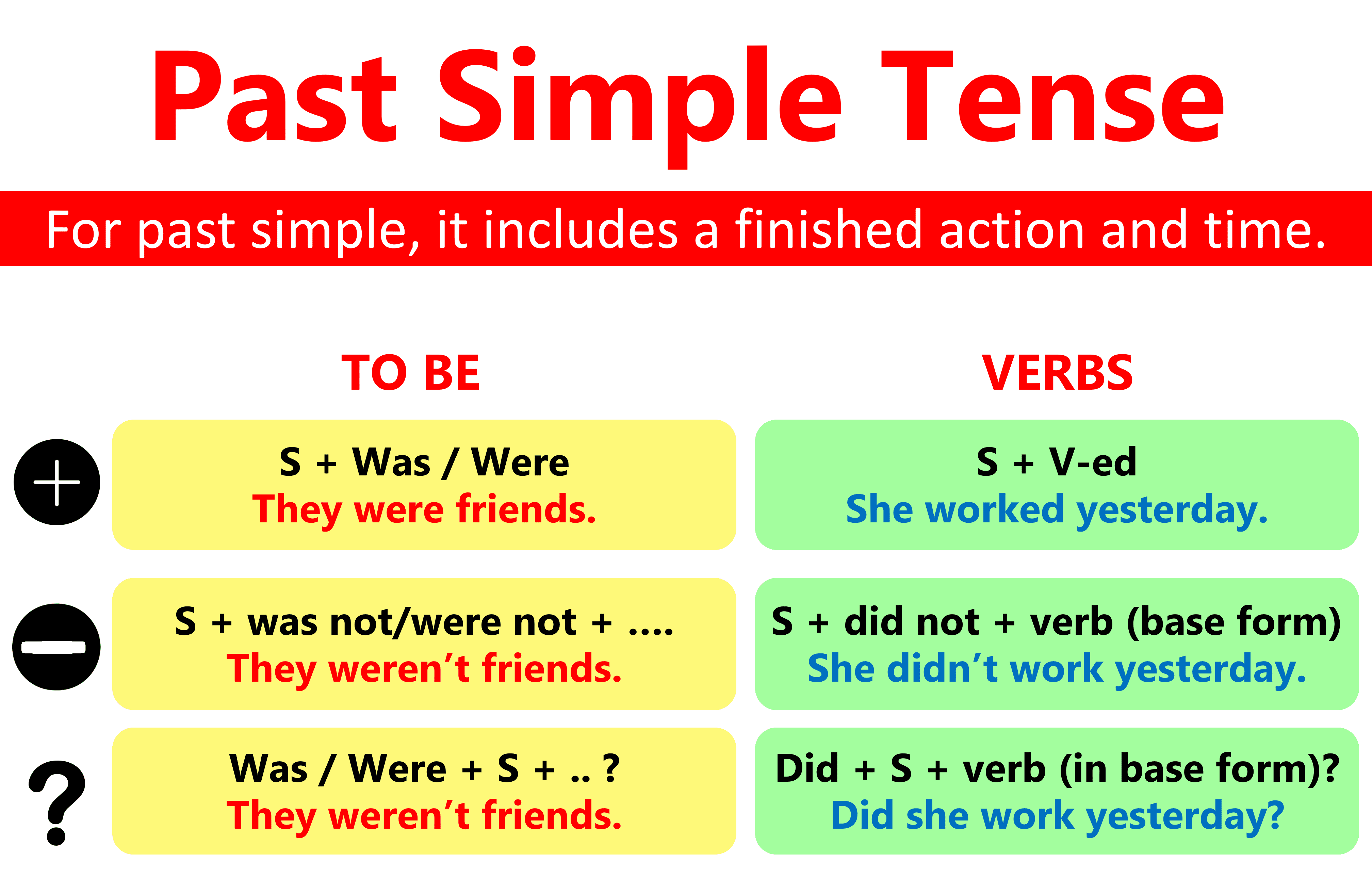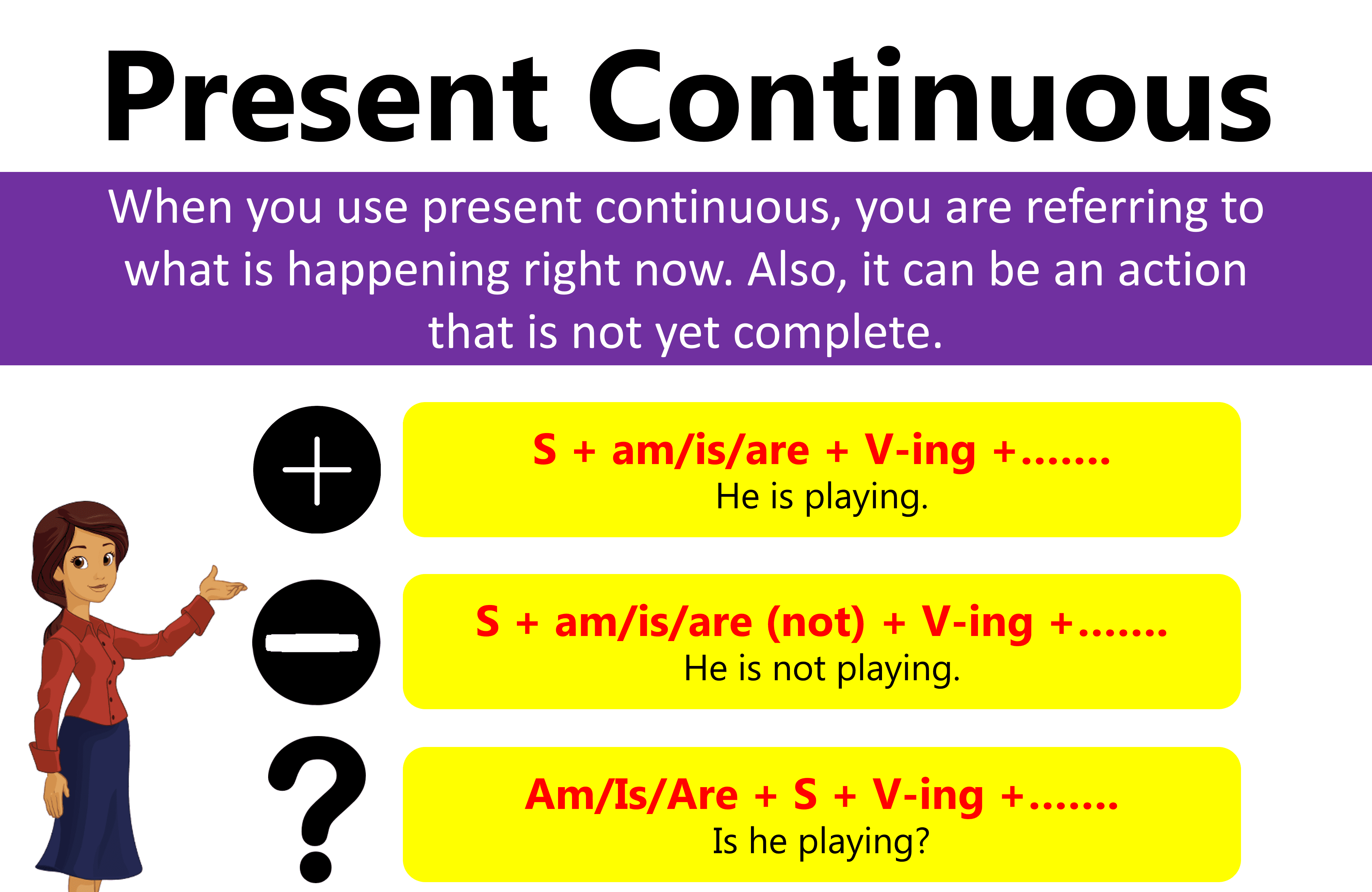Learning English grammar can be easy if you understand the differences between tenses. Two tenses that often confuse learners are the Present Perfect and the Past Simple. Both are used to talk about the past, but they are not the same. In this article, you will learn the main differences, how to use them in daily conversation, and see many simple examples.
What is the Present Perfect?
The Present Perfect connects the past with the present.
It is made with:
have/has + past participle (V3)
Examples:
- I have eaten breakfast.
- She has visited Paris.
- They have lived here for 5 years.
We use it when:
- The time is not specific.
- Something started in the past and continues now.
- We talk about experiences.
What is the Past Simple?
The Past Simple talks about an action that finished in the past.
It is made with:
verb + -ed (regular) or 2nd form (irregular).
Examples:
- I ate breakfast at 8 am.
- She visited Paris last year.
- They lived here in 2010.
We use it when:
- The time is specific.
- The action is finished.
- We talk about past events.
Main Differences Between Present Perfect and Past Simple
| Point | Present Perfect | Past Simple |
|---|---|---|
| Time | No exact time | Exact time given |
| Connection | Past action linked to present | Action finished, no link |
| Use | Experiences, results, ongoing actions | Completed actions in the past |
| Examples | I have seen that film. | I saw that film yesterday. |
How to Choose in Conversation?
Sometimes it is confusing to decide between the two. Use this quick guide:
-
Use Past Simple if you say when something happened.
Example: I met him last night. -
Use Present Perfect if the time is not clear or it is still true now.
Example: I have met him before.
Present Perfect in British English vs American English
There is a small difference between the two:
-
British English often uses Present Perfect to talk about recent actions.
I have just finished my homework. -
American English often uses Past Simple instead.
I just finished my homework.
Both are correct, but this difference is important to notice.
Short Summary on Present Perfect vs. Past Simple
- Present Perfect → no exact time, still true now.
- Past Simple → specific time, finished action.
- Both tenses talk about the past, but the connection to the present is the big difference.
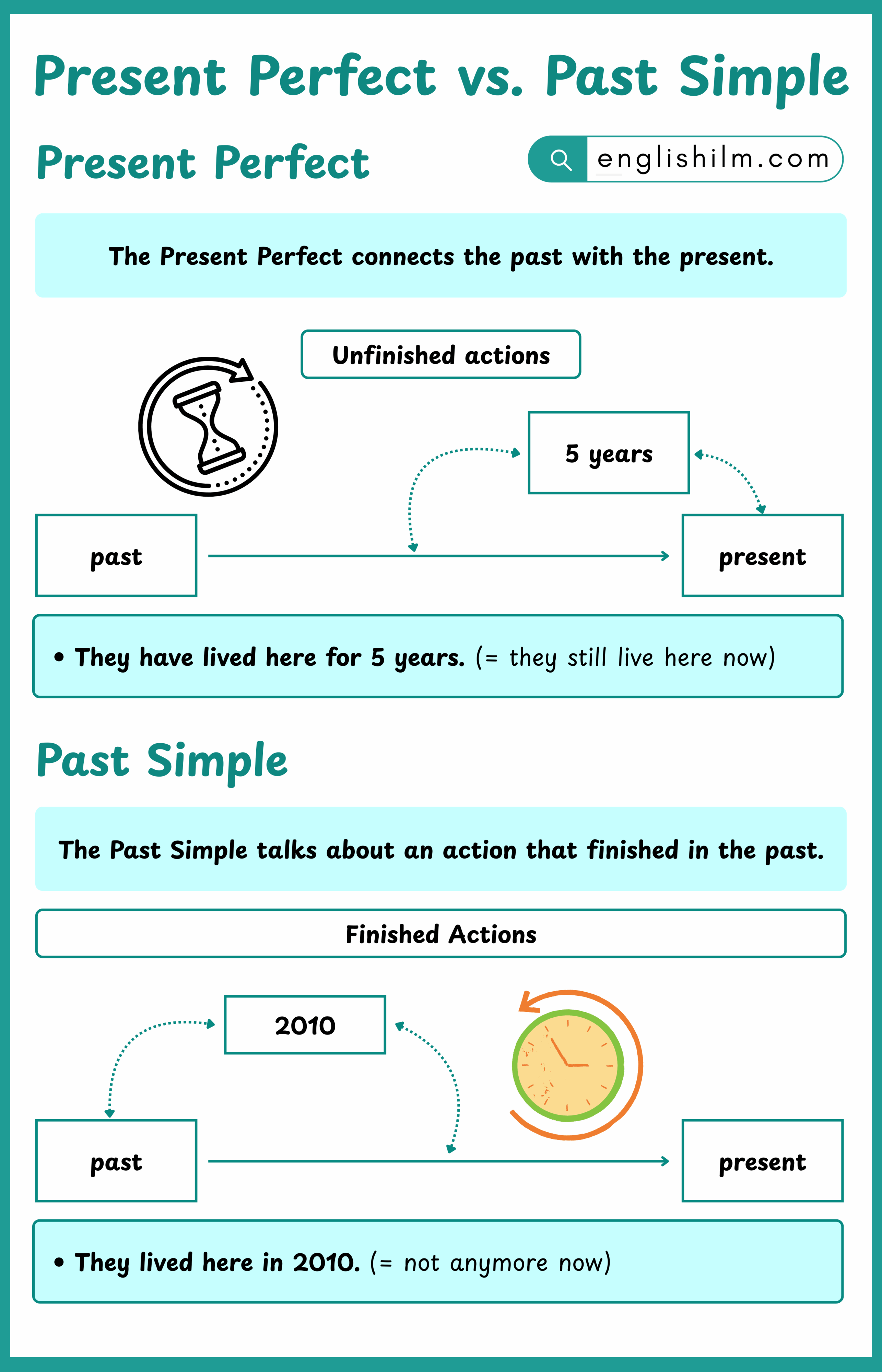
FAQs about Present Perfect vs. Past Simple
What is the main difference between present perfect and past simple for English learners?
The Present Perfect links the past with the present, while the Past Simple shows a finished past action.
When to use present perfect in British English vs American?
British English uses Present Perfect more for recent actions, while American English often uses Past Simple.
Are there present perfect vs past simple exercises for beginners?
Yes, simple fill-in-the-blank and sentence correction tasks help learners practise.
How to choose past simple or present perfect in conversation?
If you mention the time → use Past Simple. If no time or still true now → use Present Perfect.
Can I mix them in speaking?
Yes, but always check if the action is finished with time (Past Simple) or linked to now (Present Perfect).
Read More



